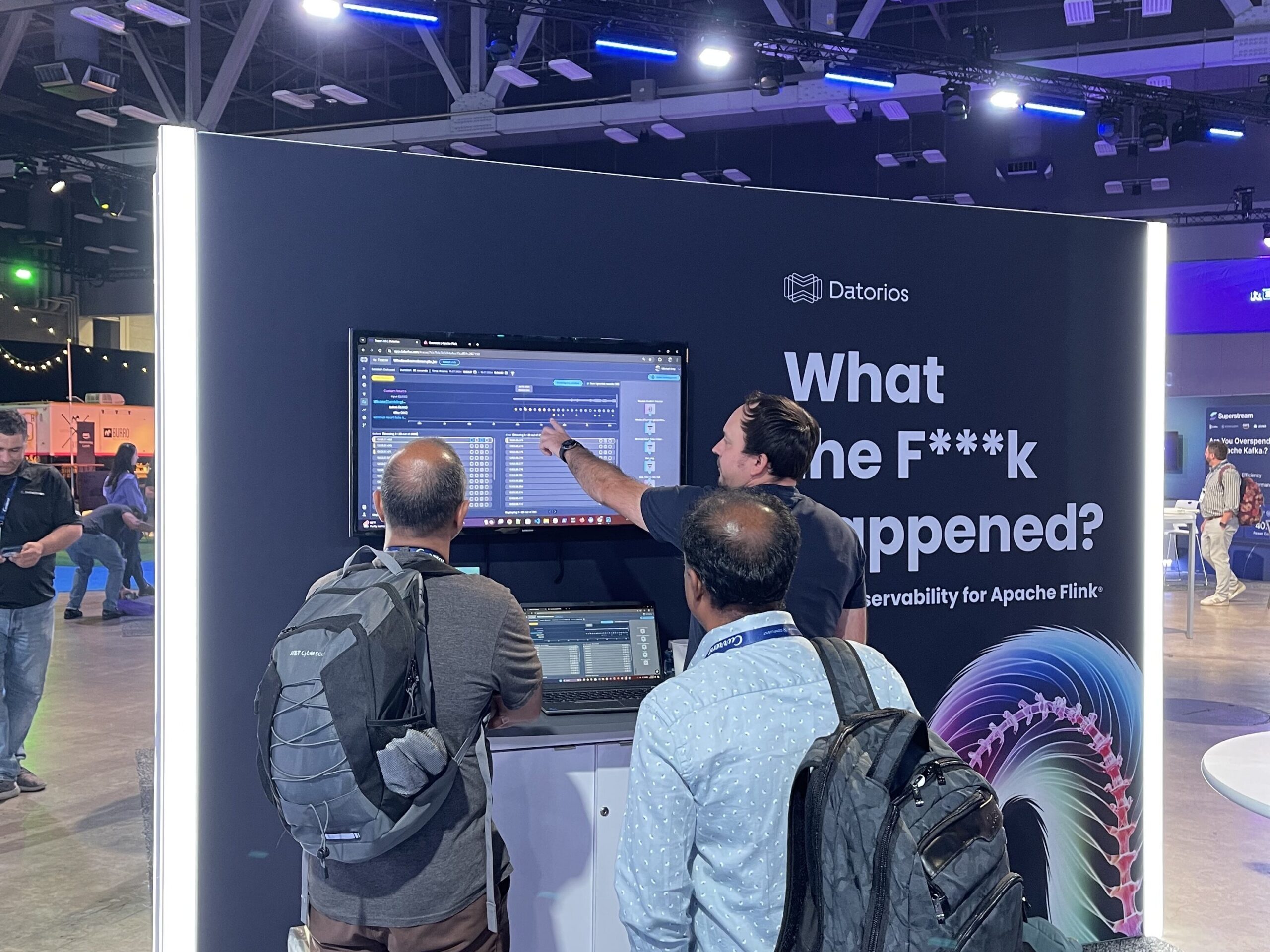
Governance, Observability, and Troubleshooting: Let’s Talk About Your Real-Time Data Blind Spot
If you’re like most organizations, you currently have real-time data processing projects built, under construction, or planned. The


In 2024, two key events in the world of real-time data streaming took center stage. These events illustrated the importance of understanding real-time data trends in 2024. Current, held in Texas, highlighted cutting-edge advancements in integrating data streaming into development workflows. Flink Forward, hosted in Berlin, focused on the evolution of Apache Flink and its pivotal role in real-time processing.
Both conferences showcased groundbreaking advancements in stream processing, data observability, and AI integration, offering a glimpse into the future of data-driven technologies. Together, they set the tone for how organizations can leverage real-time data for greater scalability, efficiency, and transparency.
This year, Flink Forward celebrated the 10th anniversary of Apache Flink, showcasing groundbreaking advancements in stream processing and fostering a deeper understanding of real-time data challenges. Here are the key takeaways from this year’s conference:
One of the most significant announcements was the introduction of Apache Flink 2.0, a game-changer for the stream processing community. Key features include:
Streaming lakehouse architectures emerged as a critical trend, combining the real-time capabilities of stream processing with the robustness of data lakehouses. This approach leverages technologies like Apache Paimon to unify transactional and analytical workloads, allowing organizations to efficiently manage both historical and real-time data.
Accessibility and usability took center stage with initiatives aimed at making real-time data processing more user-friendly:
Datorios announced a major feature release, state analysis capability for Apache Flink. This feature enables developers to:
Current 2024, held in September, brought additional perspectives to the evolving landscape of real-time data streaming. Key highlights include:
The conference emphasized integrating data streaming earlier in the development lifecycle, enabling developers to build and test streaming applications more efficiently.

Discussions centered on improving AI systems through real-time data streaming, particularly focusing on Retrieval-Augmented Generation (RAG) techniques to enhance AI model performance.
Datorios unveiled advanced tools tailored to Apache Flink, including:
Analyzing the discussions and innovations presented at Flink Forward and Current 2024 reveals key patterns shaping the future of data streaming:
Both events emphasized the growing importance of integrating real-time and batch data capabilities. Apache Flink 2.0’s unified stream-batch processing and the adoption of streaming lakehouse architectures reflect this convergence, simplifying pipelines and expanding use cases.
From Flink’s BYOC model to Current’s shift-left strategy, a clear trend is improving accessibility for developers. This includes earlier testing and deployment of streaming systems and tailored tools for debugging and validation, such as Datorios’ state analysis capabilities.
The integration of AI with real-time data was a recurring theme, with innovations such as Retrieval-Augmented Generation (RAG) and enhanced observability tools. These advancements aim to make streaming platforms smarter and more predictive.
Observability remains a cornerstone for reliable real-time systems. Both conferences showcased advancements in tools and practices that ensure transparency, data quality, and compliance—critical for scaling enterprise applications.
Real-time data processing is no longer a niche technology; it’s at the heart of modern innovation. The conversations at Flink Forward Berlin 2024 and Current 2024 reinforced this reality, showcasing how technologies like Flink 2.0, AI integration, and enhanced observability tools are equipping organizations to fully harness the power of their data streams.
As real-time data ecosystems evolve, these advancements promise scalability, efficiency, and transparency, offering valuable insights for developers, data engineers, and business leaders alike.

If you’re like most organizations, you currently have real-time data processing projects built, under construction, or planned. The

Introduction At Datorios, we are always pushing boundaries to empower real-time data processing at scale. Today, we are

Apache Flink is a powerful, open-source stream processing framework for real-time and batch data processing. Flink-as-a-Service operations provide
Fill out the short form below